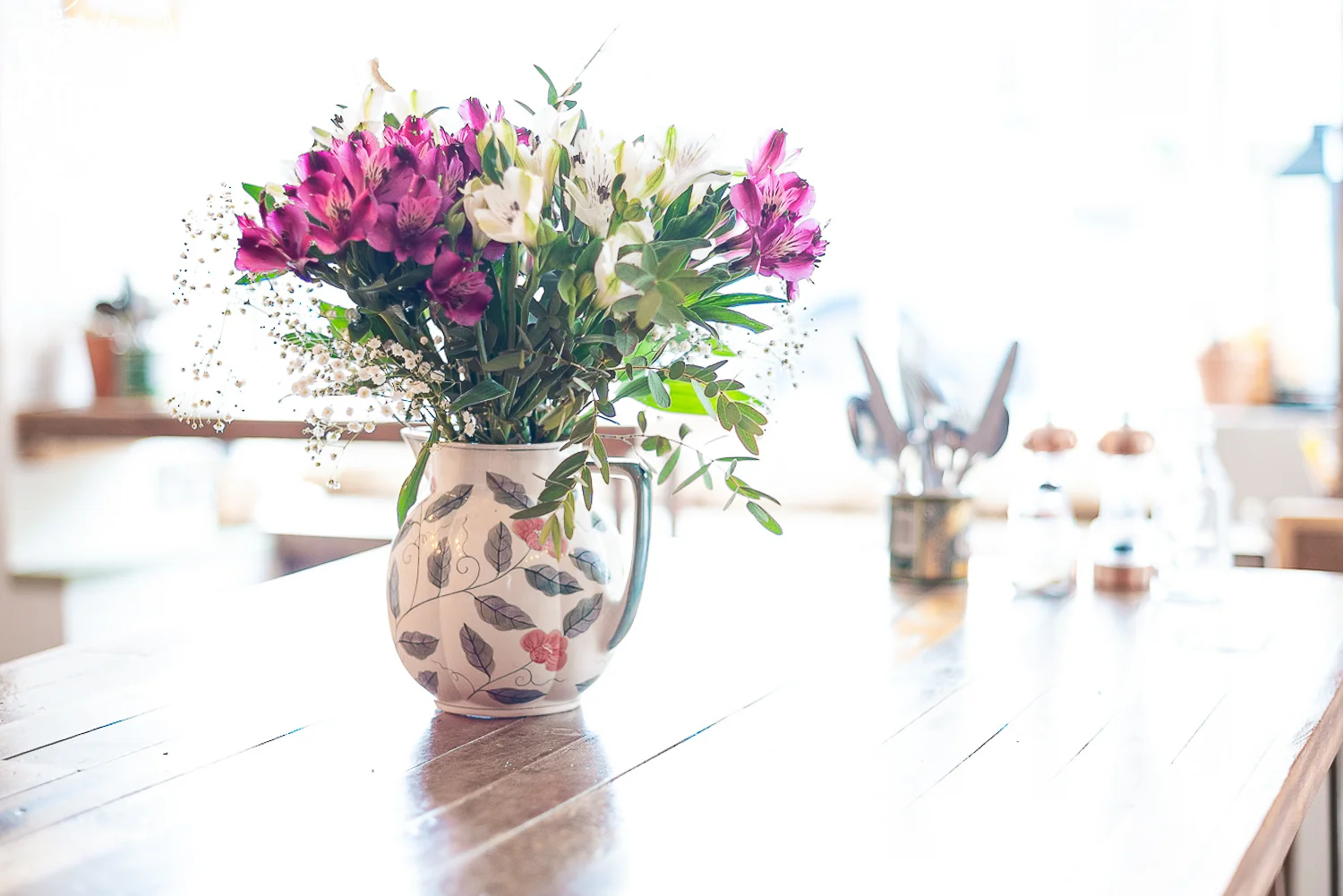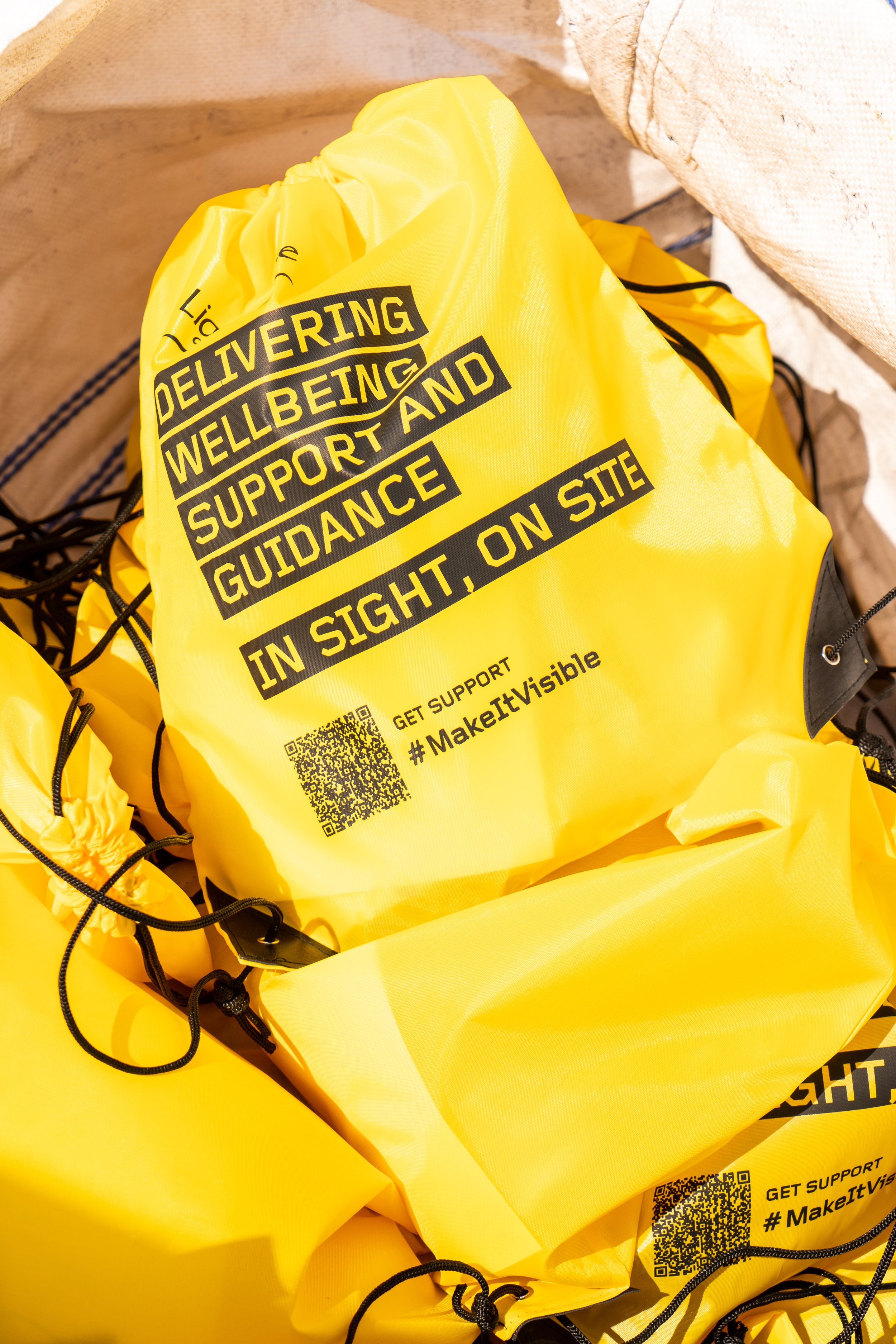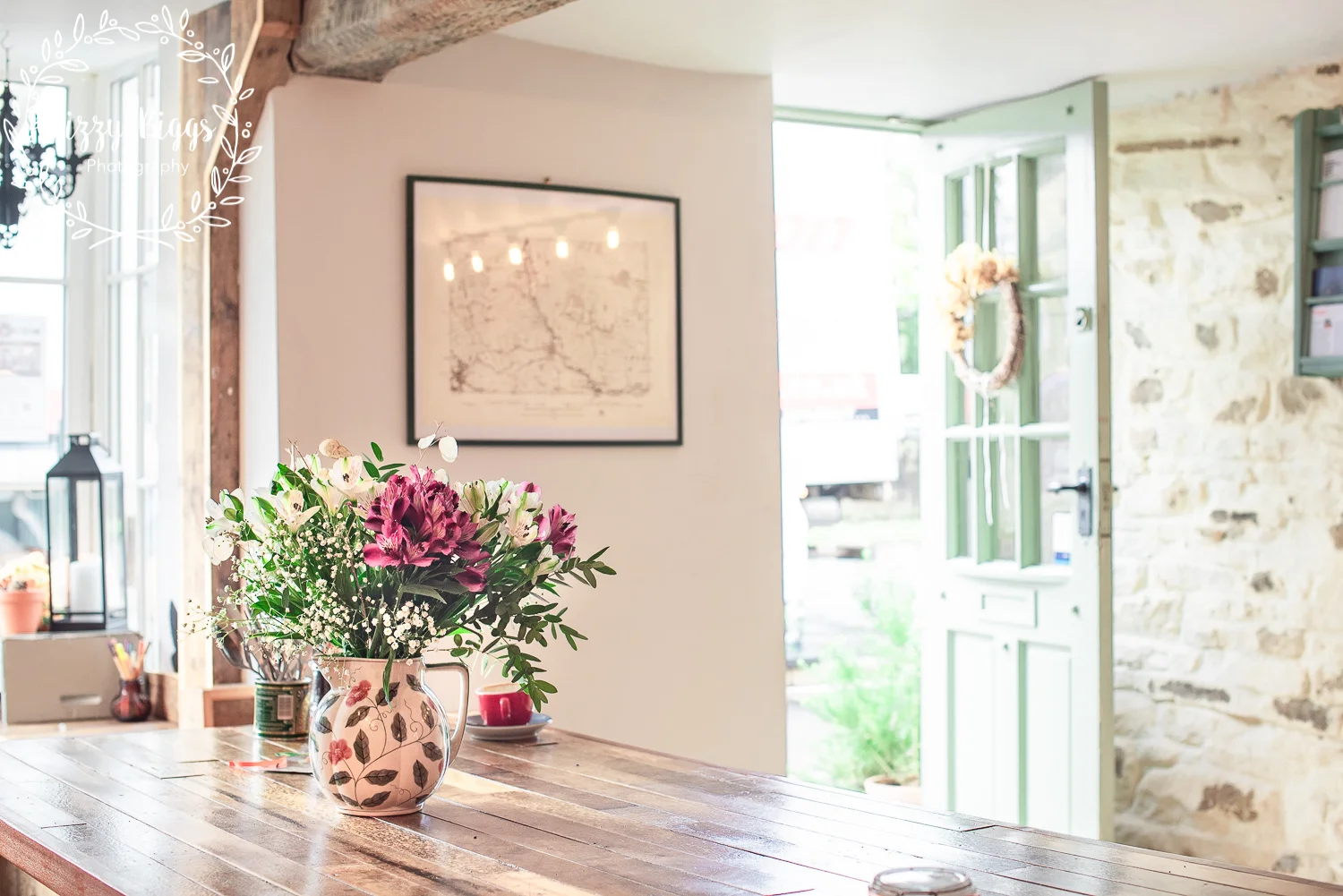Some colour associations can also be personal.
For example, if I saw my mother as truly beautiful and encouraging and she always wore blue, I may, at a subconscious personal level, associate blue with safety, maternal love or homeliness.
So, if colours mean different things to different people, how do I choose my brand colours?
Ultimately, while the science behind colour theory could be studied for years, unfortunately, there are no hard and fast specific rules for choosing your brand colours.
It would be unfortunate if you were looking for me to give you a rule-based script you could enter into ChatGPT or another AI engine of choice to compute what your personal colours should be for your brand.
The Easiest Route…
The easiest route would be to select your favourite colour and call it done.
This isn’t a bad starting point for a small business which only needs to connect with a handful of clients, especially where you do a lot of the marketing personally with your face.
I would suggest, however, that the larger you get and the more you need to market outside of personal networking and 121 conversations, the more important not only brand colour choice but also specific brand shade/saturation/tonality will become.
Colour Science, Psychology & Symbolism
Now it is time to delve into the science of colour and consider a few more factors like subconscious understanding and creating maximum resonance between your brand and the ideal client right down to the details of where you will use those colours.
Which additional palette colours you select will be used in which applications and contexts, to accent, highlight and accentuate with uniformity across your entire visual suite.
Keys for creating a unique, identifiable and attractive brand palette
I do have a number of keys which I suggest taking into account when selecting your complete brand palette.
These keys can be unlocked with the following questions, and don’t worry, I will dig into the why and how to answer them in greater depth later on:
What colours do you appreciate and personally resonate with?
Do your ideal clients also appreciate these colours, or is your personal taste different?
What are your direct competitors’ colours?
Which colours do colour symbolism and psychology suggest align with your brand values?
Which colours do colour symbolism and psychology suggest align with your sector and niche?
According to colour theory, which secondary and tertiary colours have a good relationship with your chosen primary colour?
Which colours relate well to your primary colour (e.g. harmonising, analogous, triadic, complimentary etc…) best fit your brand values, message, sector and niche?
I’ve chosen My Colours: what next?
I love this part of the process!
Once you have chosen your exact tone, shade and saturation of colours you get to take a digital swatch necessary to generate the relevant hex codes and RGB/CMYK values for your brand guide.
Your brand guide containing these codes and values (and also fonts and other design assets like your logo) is important. It’s what you will need to guarantee uniformity across digital and printed media, to keep that brand look you are working so hard to achieve.
You can then supply them to your campaign marketer, graphic designer, or photographer.
Or if you are very creative or have an in-house creative team, you can go DIY in content creation and add them to your Canva palette (for your marketing templates and graphics) or within Adobe design suite.
So to conclude:
Colour is powerful evoking emotion and sending subconscious signals
Choosing colours correctly will help you stand out from your competitors, resonate with ideal clients and strengthen your brand image.
There are a number of things to consider when choosing which relate to the psychology and symbology of colour. Colour theory can help you select your palette.
To make use of your palette you need colour values and codes to replicate seamlessly across both your digital and printed presence.
Coming next:
Colour theory for business & utilising Elizabeth’s brand colour keys.





















